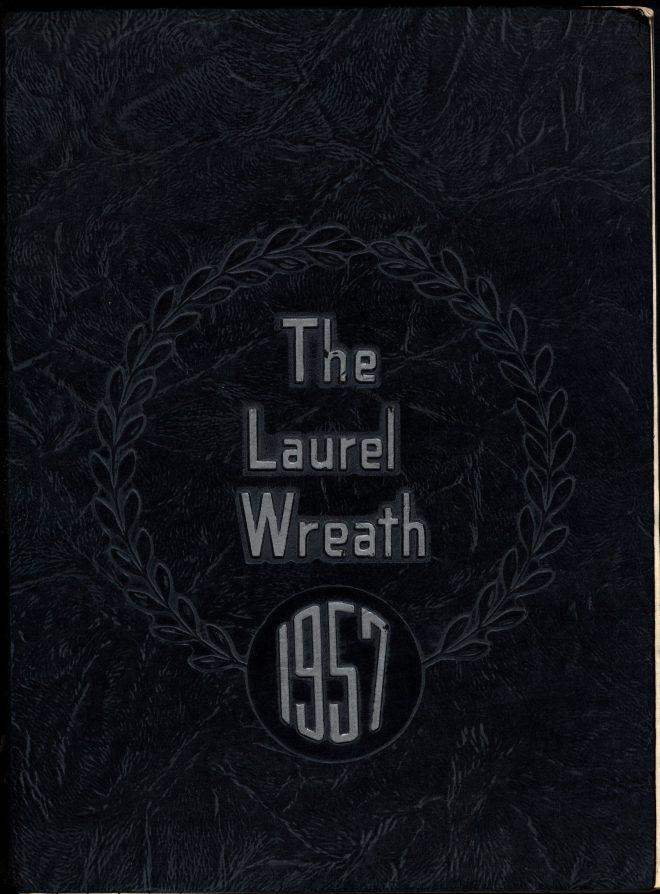Continuing our offerings of high school yearbooks from Liberty, Sullivan County, New York, we’re happy to present the Libertas yearbook for 1964.
High school yearbooks are one form of history that records everyone when they graduate from high school. They, and their community, are frozen at a point in time that the yearbook captures and keeps. Haircuts, clothes, friends, teachers – they are all captured as they were, not as we choose to remember them or tell our children they were back in the good old days. The class pictured in this yearbook – their yearbook, the Libertas yearbook for 1964 – was born just after World War II ended, and had come of age at a time when Liberty, as one of the hubs of the “Borscht Circuit”, was near its peak (although few, if anyone, in this class at the time of their graduation, had any inkling that things in their home town were not going to get better and better.)
For a few things did get better. We like to track the career of Alan Gerry, the Liberty entrepreneur who built the Cablevision empire and who was the foundation of the arts center in Bethel commemorating the Woodstock festival (as well as many other good works throughout Sullivan County) from year to year. In 1964 his business is “Alan Gerry’s TV & Appliance Co.” while it had been “Store” in the previous year’s Libertas. Was he thinking bigger? In the photo in the ad, a young man with a crew cut is holding a 12 string guitar – a bit of disruptive technology in the music world, and not something one would have seen in Liberty two years earlier. Who knew? Would these well-scrubbed Liberty kids eventually would be in enthusiastic attendance at that Woodstock festival Gerry subsequently memorialized?
In Asia, while this class was receiving their diplomas in Liberty, things were ramping up. Although it would be nearly a year before conventional US forces were deployed in Vietnam, the Special Forces and Military Advisors were already at work when this class graduated. Still, few in this class had focused on that part of the world.
In terms of real change in Liberty, perhaps most important was that this class was the first to graduate from the new Liberty Central School on upper Buckley Street. They kicked the envelope by choosing white and yellow for their class colors, and created a yearbook that would stick out like a sore thumb in a stack of Libertas of previous years that tended to run to maroon and silver for their color schemes.
Bob Dylan’s second album, The Times They Are A Changing, had been out for a bit over two months when this class walked down the aisle for the first-ever graduation in the Buckley Street building. Yes, the times were indeed changing, but in ways that few if any realized.
To go directly to our Liberty, NY page, where, if you are so inclined, you can buy and download the Libertas yearbook for 1964, simply CLICK HERE.
A full catalog of our offerings can be found at http://www.betweenthelakes.com. We invite you to visit us there as well.









